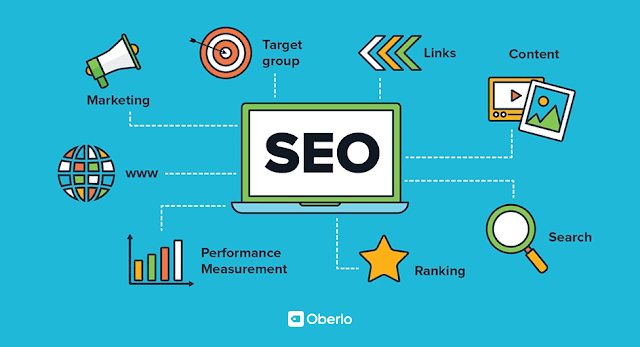What is SEO & How Does SEO Work?
SEO stands for Search Engine Optimization, a digital marketing strategy that focuses on improving your website position in search results on search engine like google.
Since search engine used hundreds of factors to generate search results Google uses more than 200 SEO works by optimising your website for these factors, along with getting your sites crawled and indexed.
When you come to know how SEO works you can use the other tactics, like keyword research, content creation and page speed optimisation, to increase your visibility in search result.
How does SEO works for search engines?
Search engine optimization is the product of search engines- search engine companies develop ranking factors and use those factors to determine the most relevant content for the search. However, before search engine can determine the most relevant content, it must crawl and index it.
Crawling: Search Engine use crawling to discover and re-discover new and existing pages on the web Crawler -also known as spiders- use link to discover and re-discover content, which is why internal linking and backlinking are crucial to SEO.
Indexing: Search Engine use indexing to store content from the web and then deliver it via search results. Indexing happens after crawling. Most pages will enter a search engine's index, but spammy, blocked or duplicate pages rarely get indexed.
Once crawling and indexing happens search engine will analyse pages against its ranking factors like,
Speed
Backlink profile
Keyword usage
Mobile friendliness
And more
Keep in mind that search engines do not publish their ranking factors.
Based on search engines analysis your content might appear in organic searche results, which means you can start bringing free and relevant traffic to your site.

Comments
Post a Comment